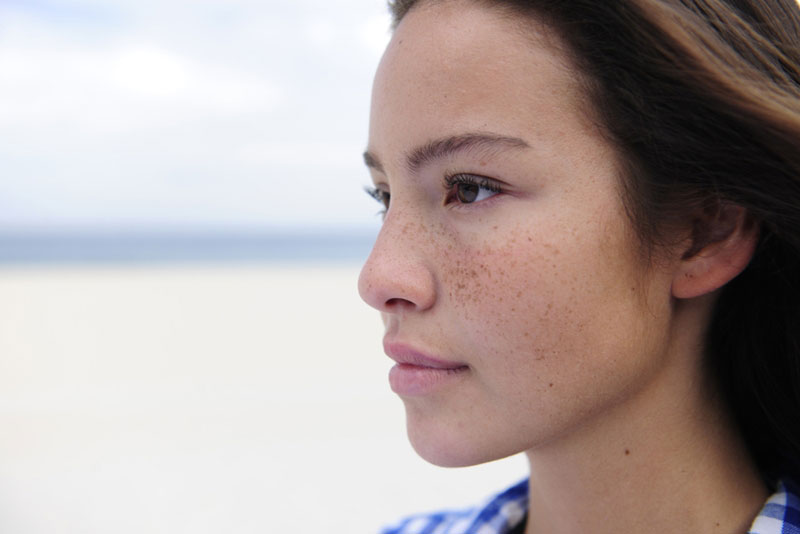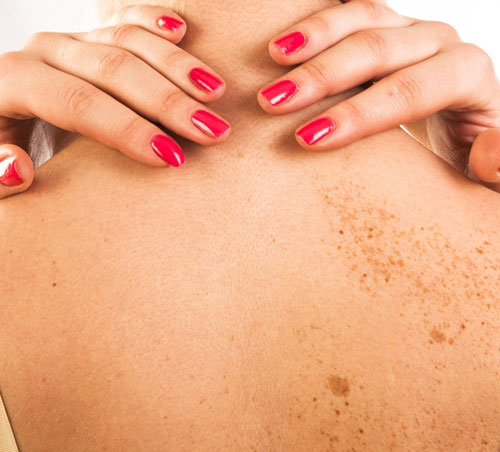You may have noticed small, flat brown or red spots appearing on your skin after enjoying a day in the sunshine. As kids, we called them freckles. As adults, we give them the much less appealing name age spots. These dark marks usually afflict people with fairer skin, as a result of your body’s inability to evenly produce a tan. Another drawback to these age spots is, due to their darker color, they contrast starkly with your skin tone, according to Marie Claire. Where do they come from?
How do you get these spots?
You can get this darker pigmentation from a number of different activities. Spending long stretches of time outside – especially without SPF – can lead to brown spots speckling the bridge of your nose and the tops of your forearms. The CDC also noted that tanning beds – with its concentrated UV rays – could cause these changes in pigmentation and skin texture.
These brown spots can be beauty menace. The Mayo Clinic noted that these pigments can appear in clusters, making them more noticeable. You may be tempted to add more long sleeved shirts to your wardrobe to hide the spots on your arms and chest. And many beauty editors have gone through bottles of concealer in their attempts to cover up these marks when they appear on their faces. But who has time in their day to apply – and reapply – makeup?
 Freckles, also known as sunspots, are more prominent on fair skin.
Freckles, also known as sunspots, are more prominent on fair skin.How to make these age spots disappear
There are some DIY fixes – like using a lemon juice scrub – to lighten these spots. These at-home treatments can also help you get a brighter complexion. However, they may not a long-term fix.
“All of those pigmented spots won’t surface at the same time, but if you don’t treat your skin, you’ll see most of them 10 years from now,” dermatologist Rebecca Giles noted.
That may mean introducing preventative measures into your skincare regimen to stop age spots from appearing along with treating those that are currently present.
Getting a series of photofacials is only one of the ways you can help your skin. This process involves hitting these dark spots with lasers, which break up the concentrations of pigmentation. Photofacials aren’t just for your face – this process can also work for the darker pigments on your arms, chest and neck – all of the places that are most exposed to sunshine. Before starting any treatments, however, talk to your dermatologist.
Once you see smoother, clearer skin, you’ll want to keep it that way. Add sunscreen to your beauty regimen: Marie Claire suggested using a product with zinc oxide for long-term sun protection – and make sure to reapply! Avoid the tanning bed too! Your skin will thank you for it.
Schedule a consultation with Ideal Image to learn how BBL™ Broadband Light therapy can help remove the look of dark age spots.




